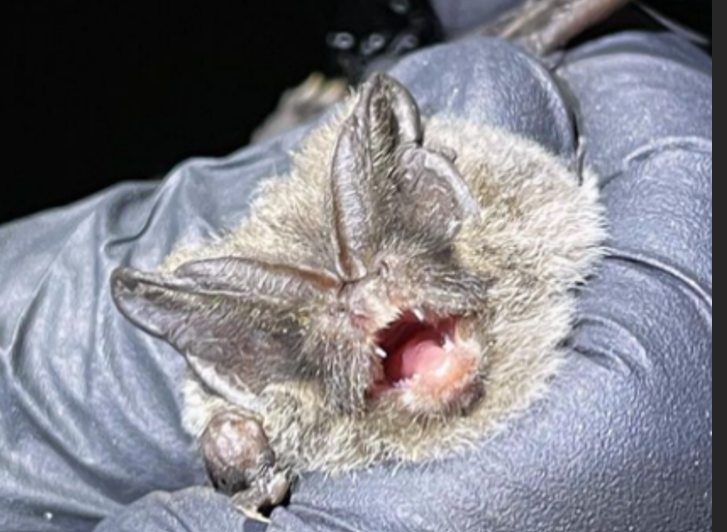Bat Surveys - What you need to know
Have you been asked for a bat survey by your Local Planning Authority? The process can seem confusing and intimidating on the surface. In this blog, we have broken down the steps and stages of the surveys to help you know what to expect.
The Legal Stuff – Why?
Why do you need a bat report?
- All 18 species of bats in the UK are protected under the law. This means that it is a criminal offence to kill, injure, or disturb bats, which involves damaging or destroying their resting places, even if bats are not present at the time.
- If you are applying for planning permission, a bat report is usually required to determine whether your property is a bat roost and if by continuing with the development, you would be breaking the law by altering a bat roost.
- If your property is not a bat roost, your development can continue as planned.
- If your property is a bat roost, you will need a European Protected Species (EPS) licence before work can continue.
- Your development can still go ahead! The licence is there to ensure no bats are harmed because of the development.
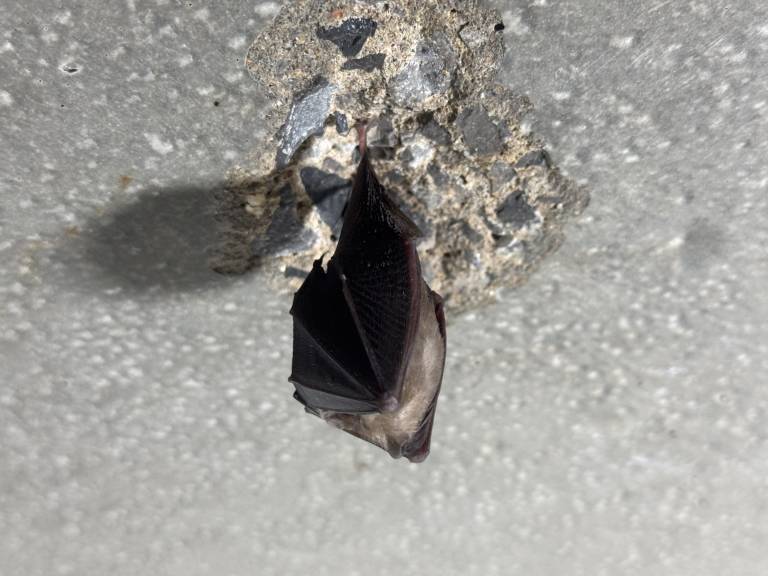
The Practical Stuff – How?
Preliminary Roost Assessment (PRA) bat surveys
- This is always the first step of bat surveys. These can be conducted at any time of year. It is an internal and external inspection of the building where we check for:
- Evidence of bats (live/dead bats, bat droppings, urine staining, feeding remains). If bat droppings are found, we will suggest DNA analysis to identify the bat species it belongs to.
- Potential access points to the property that could be used by bats (any cracks or crevices bats could squeeze into. These can be as small as 1 – 2 cm!).
- Potential bat roosting areas (e.g., loft spaces, gaps under roof tiles, under roof linings, etc).
- Following this, an assessment will be made about the roosting suitability of the property, which will determine how many additional surveys are required. If there is no potential for bats to use the property, no additional surveys are necessary. We will write the report and send it to you. 95% of the time, there is at least some, even limited, potential for bats to use the property, so additional surveys in the form of dusk emergence surveys will be required before the bat report can be completed and submitted alongside your planning application.
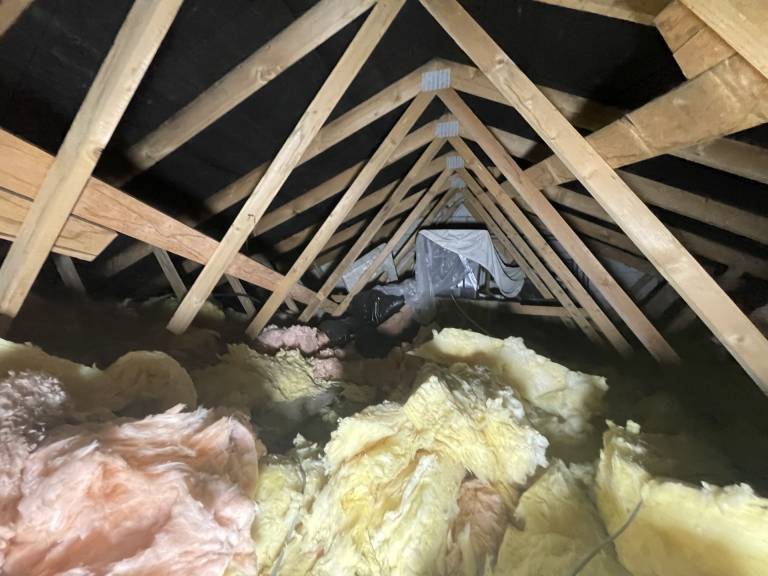
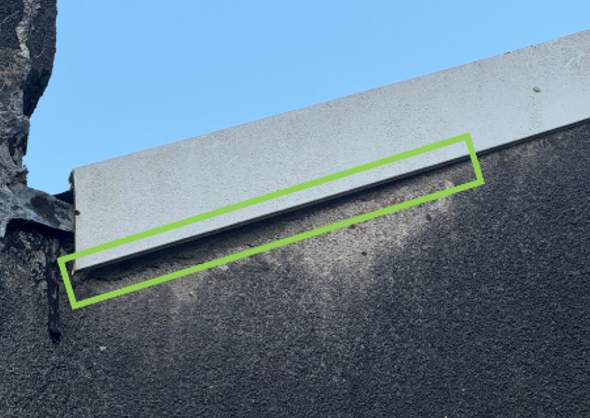

Dusk Emergence Surveys
- These can only be conducted in the core bat activity season of May-September. We may need to conduct between 1-3 emergence surveys depending on the bat roosting suitability (determined by the PRA) and what we find during the surveys. Multiple surveys will allow us a better understanding of what kind of bat roost is present, what species of bats are using the property, and how many bats are using the property. These are known as roost characterisation
- One or more surveyors (depending on the size of the property) will set up infrared and thermal cameras around the property, focusing on the potential access points identified by the PRA. Bat detectors are also used to pick up bat calls that are usually inaudible to the human ear. The calls detected will allow us to identify the species present as different species have different calls.
- Sound and video analysis are required after each survey.
- Sometimes, winter hibernation surveys are required. This will take place between December-February.
- If no bats are seen emerging from the building, the bat report is completed and will be sent to you with no further recommendations.
- If bats are seen emerging from the building, your property is a bat roost. The bat report will be completed and sent to you with a bat mitigation plan, and you will need to apply for a European Protected Species (EPS) licence before the development can go ahead.
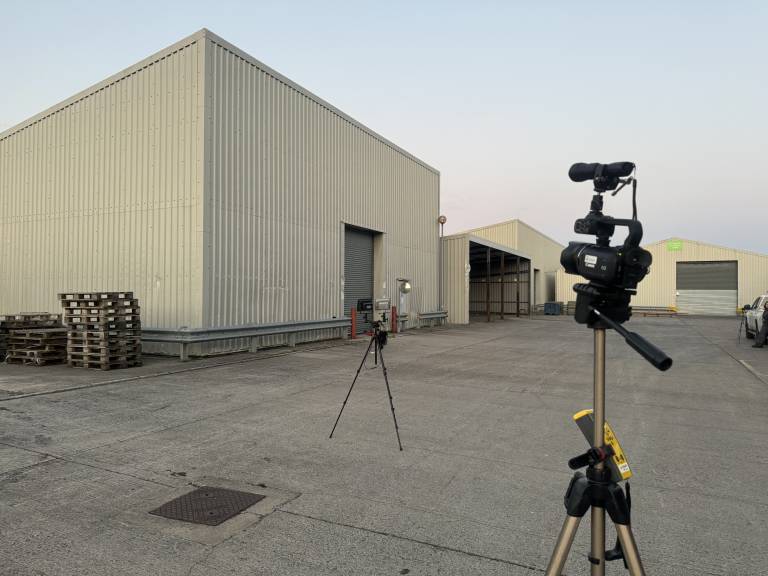
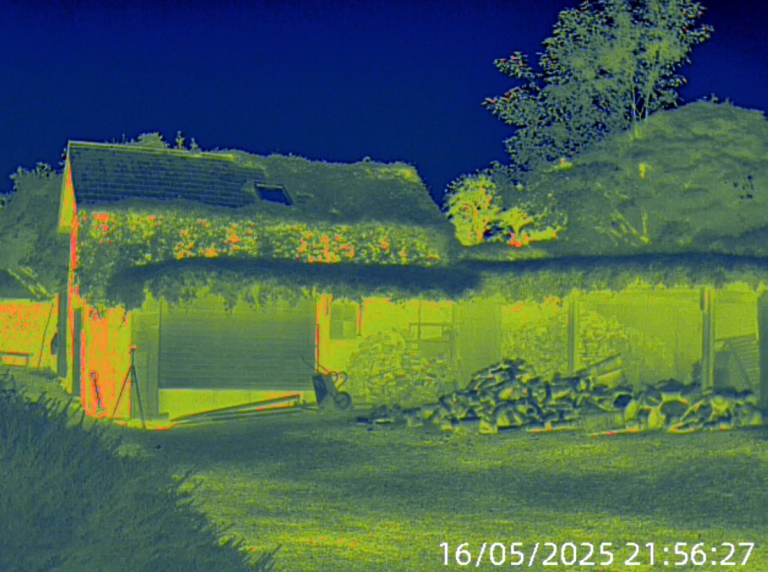
Common Licence Conditions
- The EPS licence is there as permission to alter/destroy a bat roost in a way that does not negatively impact bats. They are granted under the condition that you replace the roost with an equal or better roosting opportunity. This usually means including features into your build that can accommodate bats, e.g., bat access tiles, bat bricks. These features are very subtle!
- Timing restrictions usually come alongside an EPS licence. Your development will likely be limited to the months of October-November or March-April. This is to minimise the disturbance on bats by avoiding their activity season (May-September) and their hibernation season (December-February).
- On-site supervision of works by a licensed bat ecologist may also be required.

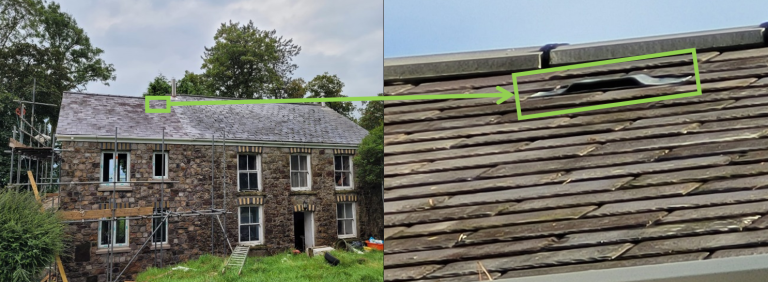
Need some extra info or advice? We offer a variety of bat ecological services, including all stages of bat surveys, reports, licence applications, and site supervision. Contact us or get a quote today!
